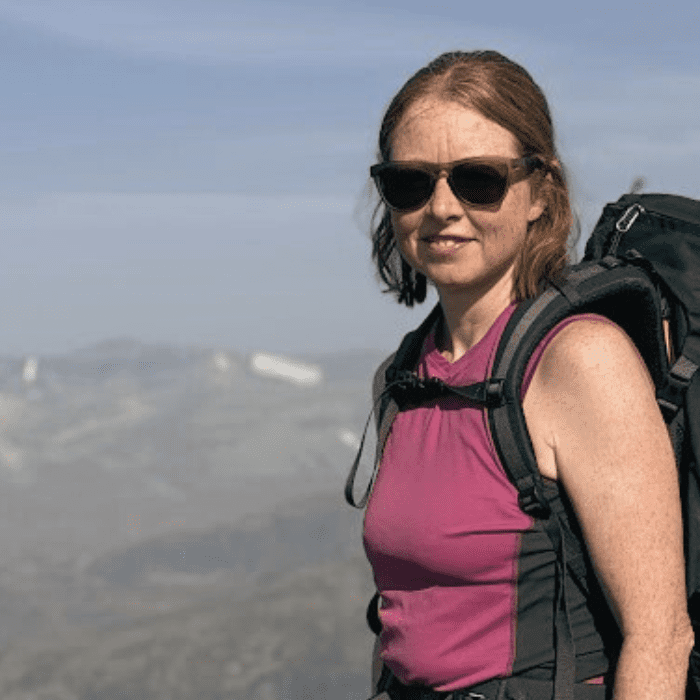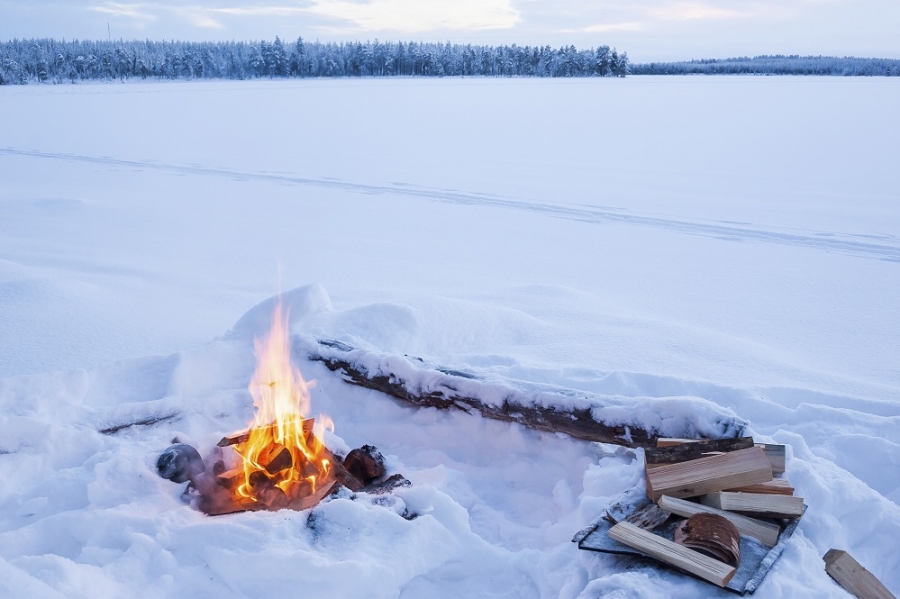5 Reasons Why You Should Travel to The Yukon in Autumn

Despite being Canada’s smallest territory, the Yukon is 80% covered in pristine wilderness. For outdoor lovers, this makes it a compelling destination. We believe there’s no better time to travel to the Yukon than during the Autumn season. Here are five reasons why.
Autumn starts in August
Travellers arriving at Whitehorse airport in late August will be surprised to step off the plane and into autumn. The trees will blaze with colour, and the moss-covered mountains will glow in dazzling red-orange as you head towards the terminal building. Further north, you can see the spectacular display of colour as early as the beginning of August. Northbound travellers can experience two seasons in one trip!
Our tip: Travelling with the right gear is essential. At this time of year, layering is key. A mix of windproof and waterproof activewear works best.
Check out this tour for an active autumn break: Travel to a wilderness ranch and join iconic Yukon activities, including canoeing, hiking, and Northern Lights chasing.
The Aurora Borealis arrives in August
You can see the Aurora Borealis, or Northern Lights, from August in the Yukon. In fact, photographers and Aurora enthusiasts often mention a higher level of activity during the autumn period. The Earth’s orientation to the sun during the autumn equinox increases the chance of solar flares entering the planet’s magnetic field, creating those wisps of colour in the night sky. If Aurora activity is low, the longer days will still offer plenty of time to explore, followed by the possibility of star gazing.
Our tip: Staying away from light pollution improves your chances of seeing the Northern Lights. Stay in a cosy cabin in the Yukon, where dark skies offer a great chance to see the Lights. Here are a few ideas.
Autumn is the best time to spot wildlife
As wildlife prepares for winter, autumn offers a great time to spot the Yukon’s furry locals. Lucky travellers might encounter bison, grizzly bears, and the iconic moose on their journey. You can boost your chances of seeing northern Canadian wildlife by visiting the Yukon’s Wildlife Preserve. Over 700 acres of mountains, wetlands, and flatlands shelter an abundance of wildlife, as well as an interpretation centre where you can learn more.
Our tip: The return of the salmon is followed by hordes of hungry grizzly bears. Salmon season usually starts in July or August. For wildlife holidays, check the following itineraries.
Small-town glory and epic landscapes
The Yukon is dotted with small towns that have evocative names like ‘Little Salmon’, ‘Whitehorse’, ‘Gold Bottom’, and ‘Beaver Creek’. Along the legendary Klondike Highway, small Wild West-style townships reveal nuggets from its chequered past. Their colourful houses and traditional saloons stand against the vast wilderness beyond. The friendly locals will share one of many local legends surrounding their hometowns.
Our tip: Try the legendary Dawson Sourtoe Cocktail. This drink, served with a dead miner’s toe, challenges locals for a taste of the Yukon’s oddities. Try this itinerary if you’d like to give it a go!
A landscape of extremes
The Yukon is home to the world’s smallest desert and largest non-polar icefield. Travellers can experience the Tombstone Mountains of the north, ablaze in autumnal colour, follow in the footsteps of gold rush pioneers on untamed rivers, view enormous glacier ice fields aboard a scenic flight, and take in pristine alpine lakes that offer unadulterated views away from the crowds. Whether by foot, canoe, mountain bike, or flight, the Yukon has a wilderness experience for everyone.
Our tip: Allow ample time for adventurous activities and Instagram opportunities!




